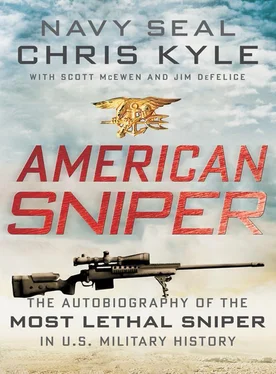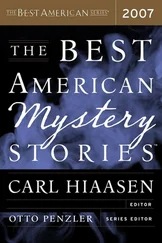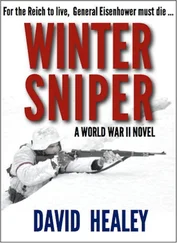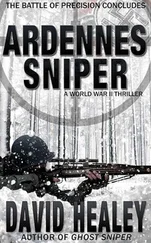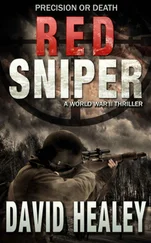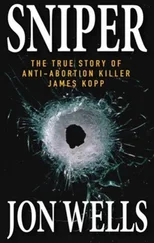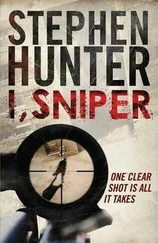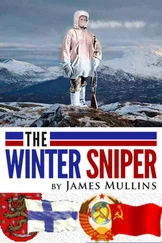In 2004, the U.S. formally turned over authority to the interim government, giving control of the country back to the Iraqis, at least in theory. But the insurgency grew tremendously that same year. A number of battles in the spring were as fierce as those waged during the initial invasion.
In Baghdad, a hard-line Shiite cleric named Muqtada al-Sadr organized an army of fanatical followers and urged them to attack Americans. Sadr was especially strong in a part of Baghdad known as Sadr City, a slum named after his father, Mohammad Mohammad Sadeq al-Sadr, a grand ayatollah and an opponent of Saddam’s regime during the 1990s. An extremely poor area even by Iraqi standards, Sadr City was packed with radical Shiites. Said to be about half the size of Manhattan in area, Sadr City was located northeast of Baghdad’s Green Zone, on the far side of Army Canal and Imam Ali Street.
A lot of the places where regular Iraqis live, even if they are considered middle-class, look like slums to an American. Decades of Saddam’s rule made what could have been a fairly rich country, due to its oil reserves, into a very poor one. Even in the better parts of the cities, a lot of the streets aren’t paved and the buildings are pretty rundown.
Sadr City is truly a slum, even for Iraq. It began as a public housing area for the poor, and by the time of the war, it had become a refuge for Shiites, who were discriminated against by Saddam’s Sunni-dominated government. After the war started, even more Shiites moved into the area. I’ve seen reports estimating that more than 2 million people lived within its roughly eight square miles.
Laid out in a grid pattern, the streets are fifty or one hundred yards long. Most areas have densely packed two- and three-story buildings. The workmanship on the buildings I saw was terrible; even on the fanciest buildings, the decorative lines didn’t match up from one side to the other. Many of the streets are open sewers, with waste everywhere.
Muqtada al-Sadr launched an offensive against American forces in the spring of 2004. His force managed to kill a number of American troops and a far greater number of Iraqis before the fanatical cleric declared a cease-fire in June. In military terms, his offensive failed, but the insurgents remained strong in Sadr City.
Meanwhile, mostly Sunni insurgents took hold of al-Anbar province, a large sector of the country to the west of Baghdad. They were particularly strong in the cities there, including Ramadi and Fallujah.
That spring was the period when Americans were shocked by the images of four contractors, their bodies desecrated, hanging from a bridge in Fallujah. It was a sign of worse to come. The Marines moved into the city soon afterward, but their operations there were called off after heavy fighting. It’s been estimated that at that point they controlled some 25 percent of the city.
As part of the pullout, an Iraqi force came into the city to take control. In theory, they were supposed to keep insurgents out. The reality was very different. By that fall, pretty much the only people who lived in Fallujah were insurgents. It was even more dangerous for Americans than it had been in the spring.
When I left for Iraq in September of 2004, my unit had begun training to join a new operation to secure Fallujah, once and for all. But I went to work with the Poles in Baghdad instead.
“K yle, you will come.”
The Polish NCO doing the briefing stroked his bushy beard as he pointed at me. I didn’t understand much Polish, and he didn’t speak very good English, but what he was saying seemed pretty clear—they wanted me to go in the house with them during the operation.
“Fuck yeah,” I said.
He smiled. Some expressions are universal.
After a week on the job, I had been promoted from navigator to a member of the assault team. I couldn’t be happier.
I still had to navigate. My job was to figure out a safe route to and from the target house. While the insurgents were active in the Baghdad area, the fighting had slowed down and there wasn’t yet the huge threat of IEDs and ambushes that you saw elsewhere. Still, that could change in an instant, and I was careful plotting my routes.
We got into our Hummers and set out. I had the front seat, next to the driver. I’d learned enough Polish to give directions— Prawo kolei : “right turn”—and guide him through the streets. The computer was on my lap; to my right was a swing arm for a machine gun. We’d taken the Hummer’s doors off to make it easier to get in and out and fire. Besides the mounts on my side and in the back, we had a .50 in a turret at the back.
We reached the target and hauled ass out of the truck. I was psyched to finally get back into battle.
The Poles put me about sixth or seventh in the line to go in. That was a bit disappointing—that far back in the train you’re unlikely to get any action. But I wasn’t about to bitch.
The GROM hit houses essentially the way SEALs do. There are little variations here and there: the way they come around corners, for example, and the way they cover buddies during an operation. But for the most part, it’s all violence of action. Surprise the target, hit them hard and fast, take control.
One difference I particularly like is their version of flash-crash grenades. American stun grenades explode with flash of light and an enormous bang. The Polish grenades, on the other hand, give a series of explosions. We called them seven-bangers. They sound like very loud gunfire. I tried to take as many of those from them as I could when it was time to move on.
We moved the instant the grenade started going off. I came in through the door, and caught sight of the NCO directing the team. He motioned me forward silently, and I ran to clear and secure my room.
The room was empty.
All clear.
I went back downstairs. Some of the others had found the guy we’d come for and were already loading him into one of the Hummers. The rest of the Iraqis who’d been in the house stood around, looking scared to death.
Back outside, I hopped into the Hummer and started directing the team back to base. The mission was uneventful, but as far as the GROM were concerned, my cherry had been burst—from that point on, I was a full-fledged member of the team.
We went on DAs for another two and a half weeks, but there was only one where we had anything like real trouble. A guy wanted to fight as we were going in. Unfortunately for him, all he had were his bare fists. Here he’s facing a squad of soldiers, each heavily armed and protected by body armor. He was either stupid or courageous, or maybe both.
The GROM took care of him quickly. One less asshole on the wanted list.
We picked up a pretty wide variety of suspects—financiers for al-Qaeda, bomb-makers, insurgents, foreign insurgents—one time we picked up a truckload of them.
The GROM were a lot like SEALs: extremely professional at work, and very hard-core partiers after hours. They all had Polish vodka, and they especially loved this one brand named Zubrówka.
Zubrówka has been around for hundreds of years, though I’ve never seen it in America. There’s a blade of buffalo grass in each bottle; each blade comes from the same field in Poland. Buffalo grass is supposed to have medicinal properties, but the story related to me from my GROM friends was a lot more colorful—or maybe off-color. According to them, European bison known as wisent roam on this field and piss on the grass. The distillers put the blades in for an extra kick. (Actually, during the process, certain ingredients of the buffalo grass are safely neutralized, so just the flavor remains. But my friends didn’t tell me that—maybe it was too hard to translate.)
Читать дальше
